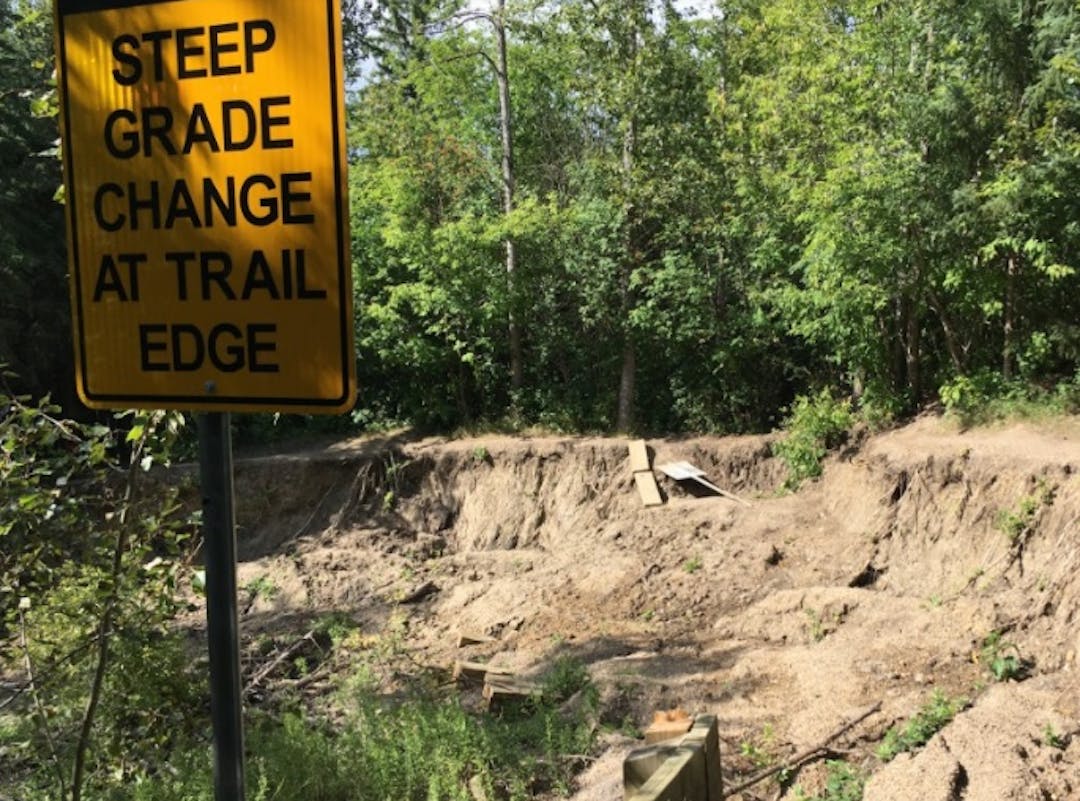Member Bio
- Joined
- Sep 22, 2015
- Messages
- 10,217
- Reaction score
- 23,092
- Location
- Edmonton, Alberta, Canada
I gave tons of feedback in the survey, but I like three but with less open space and more re-naturalization. The reduced complexity of the roadways is a big plus in that one, too. One was also good, but had no cycling trails, only footpaths.







